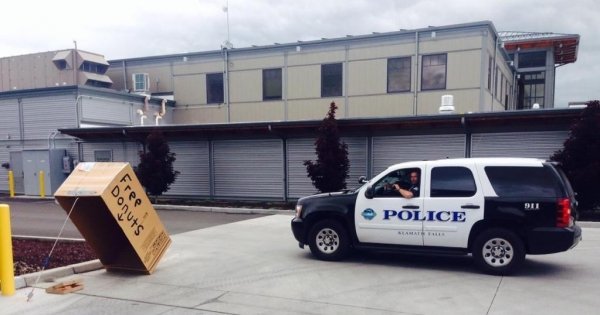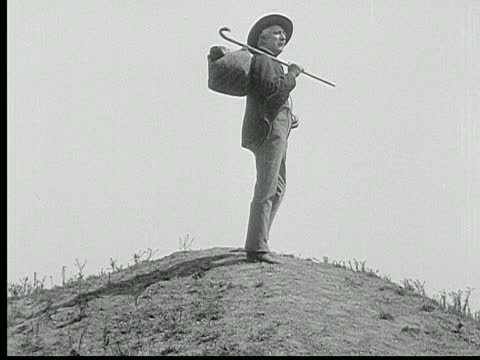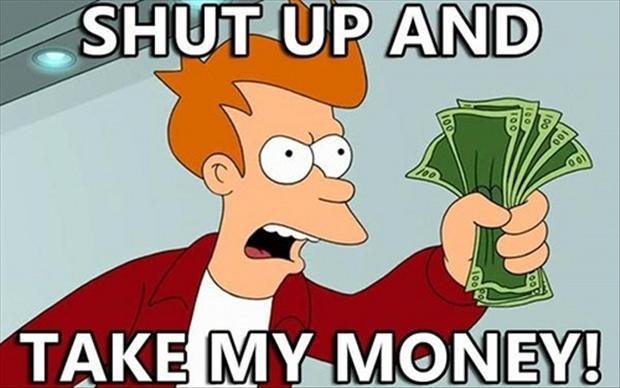Generating sales will make or break your business.
While all start-ups should have a little bit of runway (money in the bank to fund early-stage expenses), sooner or later this will run out and you will need to rely on your sales to keep operating.
You need to find your customers, and attract them to your product.

In order to build a customer base, you have to market yourself well, which is really hard for start-ups to do on a shoe-string budget.
That is why you should not even consider marketing or selling your product until you are confident that you have:
- Identified a minimum viable segment
- Developed a good understanding of your target customers’ job to be done
- Product-market fit – basically you need to engage a small group of customers who agree that your idea solves their problem better than the alternative solutions.
So you've nailed down the above – what next?
Welcome to the The Customer Adoption Journey
Think about the last time you made a significant purchase. You went through several stages before you became a paying customer.

The purpose of your sales and marketing funnel is to take as many customers through these stages as possible.
Awareness: This is the initial stage during which your target customer first becomes aware that a product or service exists. It may also be the stage when they consciously realise that they have a problem or a need. For example, were you aware that you needed a smartphone in the 90s?
Engagement & Evaluation: This is the stage that a customer becomes actively interested in evaluating your product or service and comparing it against your competition. It is also the stage where they may try the product or service, if they can do so without paying for it. In the case of digital services it’s the stage when they may sign up for 30-day trials and/or try freemium versions.
Purchase: This is the stage when a customer pays for the product or service, generating revenue for the first time.

- Habit: This is the stage where the customer becomes a regular user of the product, and a frequent purchaser depending on the revenue model you have chosen.
- Referral: This is the stage where you customer not only buys and uses your product, but actively recommends it to others, thus driving virality.
More to come soon! - Next time we'll look at what tools are available to help you take the customer through their journey.
Check out previous parts:
Part 1 - Intro
Part 2 - Minimum Viable Segment
Part 3 - Job Story
Part 4 - Market Size
Part 5 - Value Proposition
Part 6 - MVP
